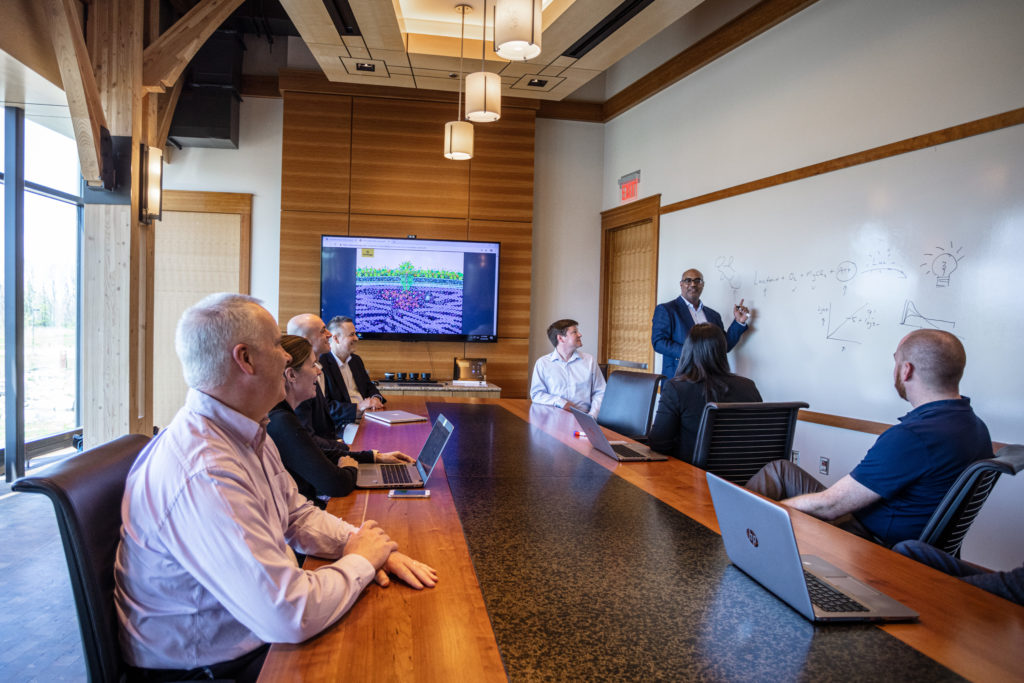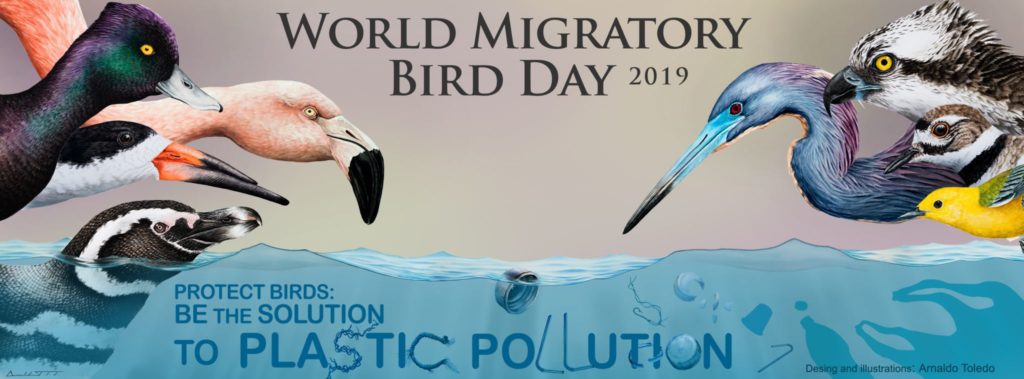Today’s blog is written by guest blogger, Penny Patterson, VP Corporate Communications at Promega.
The idea that businesses need to serve and provide value to constituents in addition to shareholders is one that has gained increasing recognition since last summer when the Business Roundtable issued its “Statement on the Purpose of the Corporation.” The topic of what some call “stakeholder capitalism” surfaced again heading into the World Economic Forum in January 2020.
Promega has practiced “stakeholder capitalism” for more than 40 years and, as we’ve shared through our corporate responsibility reporting for the last decade, we have seen meaningful impact. From our founding in 1978, we have taken a “whole human” approach to our business. For us this means growing a financially stable and profitable company that considers and benefits science, employees, customers, community, shareholders and all global residents.
This approach starts with our people. We live the notion that every one of our employees has the potential to make a meaningful difference. And they do. Here are just a few examples. Our manufacturing and operations teams deliver with 99% accuracy and a complaint rate of 0.004%. Discoveries by our R&D scientists generate some of the most read papers among key science journals. The average tenure of our leadership team is 18 years, and over half of these leaders grew their careers and capabilities at Promega.
Continue reading “Stakeholder Capitalism—40 Years Later” Like this:
Like Loading...





